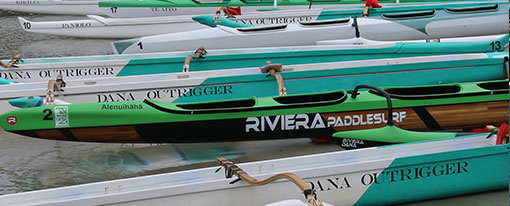Think of hashtags as a pipeline to the rest of the world. Every tag you use acts a connection with other users. If you use 5, there are 5 outlets that others can use to view your image. If you use 30, now you have 30 outlets. Without these, the only chance of visibility you have is via your current followers and the low odds of being thrown on the explore page. The latter is pretty difficult to predict as every user has different photos on their explore page and instagram won’t disclose how it actually works.
Hashtags are essentially a way to tag your photo and throw it in a chronological pool of other photos/videos that have used the same tag (which can be viewed by clicking on the hashtag itself). This allows other users to find photos of similar interest or in the same niche. For example, if you’re a portrait photographer and want to find other portrait photographers or photos then #portrait should have photos of portraits that other users tagged their image with. You can also use the hashtag of a hub for a chance to be featured.
Some hashtags are vastly more popular than others, however, popularity doesn’t always translate to effectiveness. For example, you’ll notice that #photooftheday, #like4like, #instagood, #iphoneonly, etc. are extremely popular. Unfortunately, since so many users throw these similar tags on their images, it means that their photos are buried in the pool within seconds and become virtually undiscoverable. They are also tags that are nonspecific to any field or niche. In other words, what few people may be browsing these pools could likely overlook your photo because it’s not necessarily what interests them. In addition, the popular tags usually have a lot of bots/spammers that use this tag on images, you’ll land yourself with a lot of spam comments on the photo you used with said tags. Basically, avoid these tags whenever possible. They are useless and you will not benefit from them. To gauge if a hashtag is worth using, check the pool and see how many photos there already are and how quickly photos are added to it. If 30 photos get added every 2 minutes (which isn’t unusual) then it’s likely that it will bring you no benefit.
What are hubs? Hubs are pages that will feature your work for using their corresponding hashtags. There are thousands of hubs that feature work of different aesthetics. Whether you’re into nature, landscape, wildlife, portraiture, cityscape, travel, or astrophotography, you’ll find them a feature page that suits your style. Neglecting the possibility of some pages purchasing followers, utilizing these pages can greatly increase your visibility since your image can be seen by upwards of 50k to 100k users.
Notes:
- You can only use a maximum of 30 hashtags per photo (sort of, check the tips).
- Hashtags are put in the pool based on the time the image was posted. Prior to a recent update, users were able to add/change hashtags to put the photo at the top of the hashtag pool.
- This isn’t the case, however, for tagging the page in the photo itself.
- Double check if a hashtag is still active to search through. Certain hashtags (#livefolk) have had terms of use violations which has lead to only being able to view ‘top’ photos.
- If you don’t like the idea of having dozens of hashtags in your caption you can also put them in a comment.
TIP:
- There is a small loophole that will allow you to have up to 60 hashtags per photo. To do this, first, put up to 30 hashtags in a comment then edit your caption with an additional 30.
- Keep your hashtags in a notepad on your phone ( I use google docs) instead of having to type them in every time you can simply copy and paste.
- By /u/cyanight7: “Also if you don’t want your hashtags to clutter your caption you can put them below 5 of the bullet point dots on separate lines(the dot can be found on the far right column middle row on the alternate symbols page of the keyboard on iPhone.)

